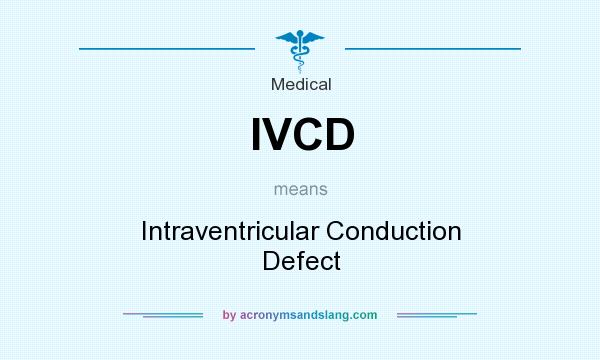

An external pacing system analyzer was used to measure the ventricular capture threshold at a pulse duration of 0.5 ms, R-wave amplitude, and lead impedance. The optimal RVOT lead position was confirmed by fluoroscopy and the limb leads of the ECG demonstrating an inferior axis in the frontal axis and the narrowest QRS complex available ( Fig. Then, mapping of the interventricular septum was performed by using the screw-in tip of the lead with a custom-shaped stylet. In patients who underwent RVOT pacing, the ventricular lead was advanced through the tricuspid valve and then withdrawn far enough to position the tip against the interventricular septum, as verified by multiple fluoroscopic views ( Fig. Under fluoroscopic guidance, the ventricular lead was positioned in the RVA in those patients randomized to RVA pacing. The ventricular pacing lead was inserted into the RV through a left cephalic vein cutdown or subclavian puncture. The study protocol was approved by the local Ethics Committee, and all patients gave written, informed consent. Patients with significant coronary artery stenosis (>50%) were excluded from the study. Patients with Tl-201 perfusion defects were referred for a coronary angiographic study. All patients underwent 24-h Holter monitoring, dipyridamole thallium-201 (Tl-201) myocardial scintigraphy, and radionuclide ventriculography at 6 and 18 months after pacemaker implantation. After pacemaker implantation, optimization of the AV delay was performed by using pulsed Doppler echocardiography of the transmitral blood flow, as previously described (17). Surface limb leads (I, II, III, aVR, aVL, and aVF) of the electrocardiogram (ECG) were recorded with a paper speed of 100 mm/s during the procedure, and the QRS duration was measured from the earliest to latest deflection of the QRS complex. Atrial leads were positioned to the right atrial lateral wall. Patients were randomized, using a randomization table at the time of implantation, to receive a ventricular lead at either at the RVA or RVOT position. The purpose of this prospective, randomized study was to evaluate the long-term effects of RVA pacing and RVOT pacing on myocardial perfusion and function in patients implanted with a permanent dual-chamber pacemaker.Īll patients underwent implantation of a dual-chamber pacemaker using one passive fixation atrial lead and one active fixation ventricular lead (commercially available bipolar leads could be used). However, clinical studies of RVOT pacing have yielded inconsistent results (13–16), and the long-term effects of RVOT pacing on myocardial perfusion and function are unclear. In animal studies, pacing at the right ventricular outflow tract (RVOT) to decrease the asynchrony of activation ameliorated the reduction in LV function and prevented the development of myofibrillar disarray (11,12). In a previous clinical study, we have shown that long-term RVA pacing leads to regional myocardial perfusion defects and wall motion abnormalities, which become more pronounced as the duration of pacing increases, and subsequently impairs LV function (10). Experimental studies have demonstrated that long-term right ventricular apical (RVA) pacing induces abnormal histologic changes with myofibrillar disarray, as well as asymmetrical LV hypertrophy and thinning (6–9). Furthermore, these functional abnormalities of ventricular pacing appear to have potential deleterious effects over time. 45% NaCl 0.Asynchronous ventricular activation during ventricular pacing is associated with abnormal regional myocardial blood flow and metabolism and reduces systolic and diastolic left ventricular (LV) function (1–5).


 0 kommentar(er)
0 kommentar(er)
